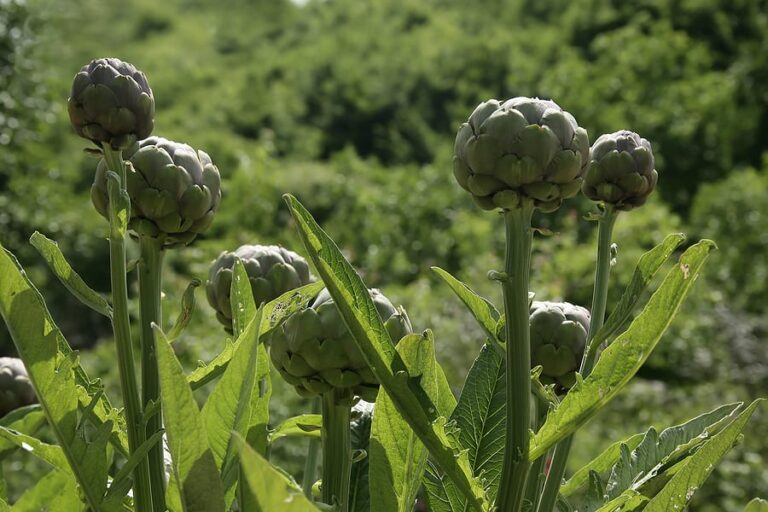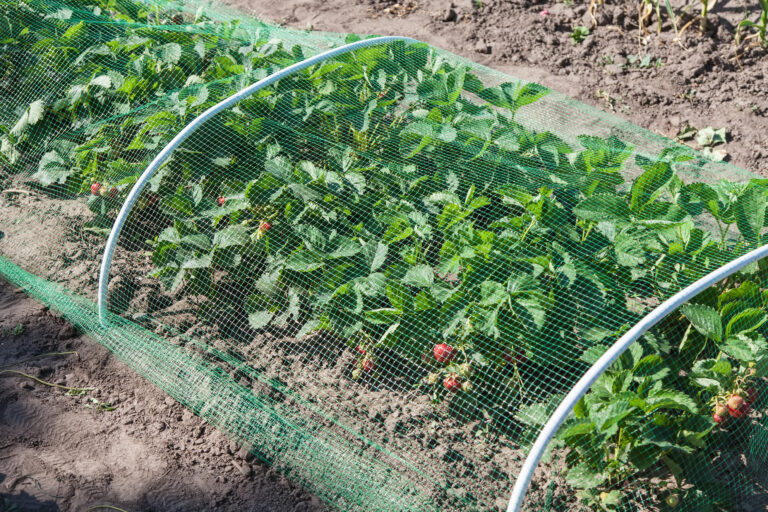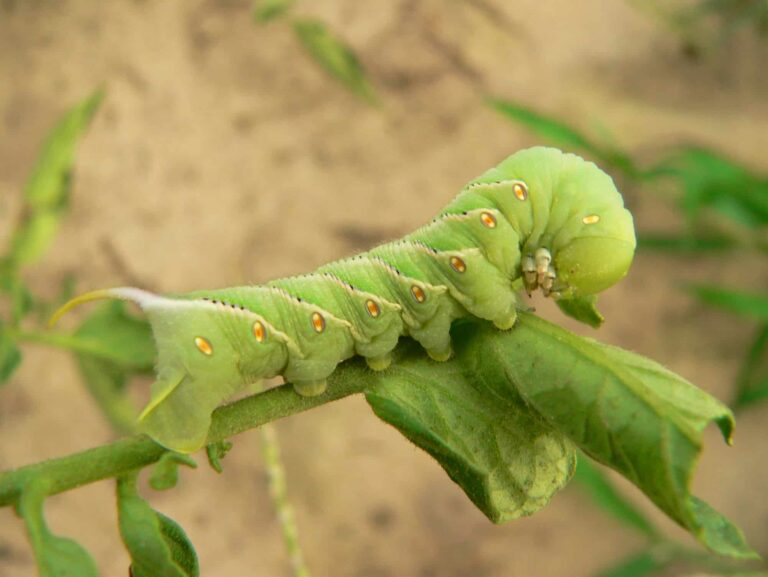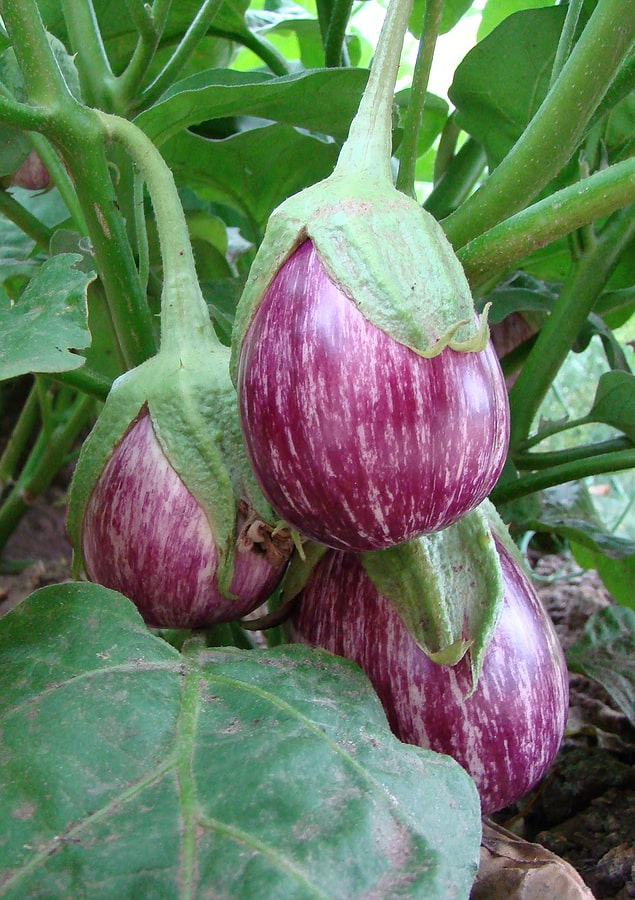Disease Prevention in Low Light Winter Gardens: Avoiding Mold, Mildew, and Fungal Issues Under Covers
Winter gardens under tunnels, row covers, and cold frames can create low-light, high-humidity conditions that encourage mold, mildew, and other fungal diseases. From my experience growing winter vegetables in Iowa’s Zone 5 and Sonoma, managing airflow, moisture, and spacing is critical to keep crops healthy and productive throughout the season. Visit the Winter Garden and…





